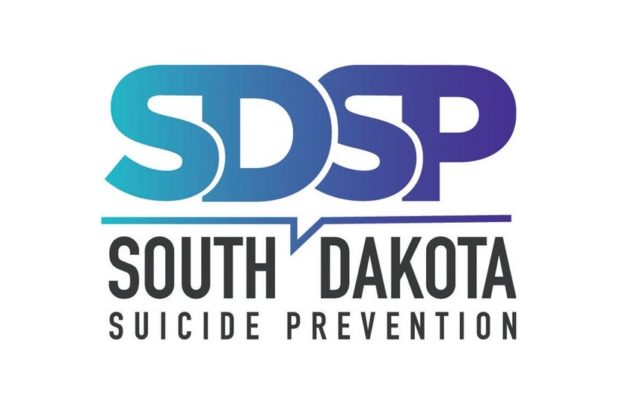Suicide is one of the leading causes of death in the United States, affecting people of all ages, including older adults. According to the Centers for Disease Control, in 2020, suicide rates in the United States were highest among people 85 years of age and older (20.9 per 100,000). Men over the age of 85 showed the highest rate of suicide (52.0 per 100,000).
Suicidal behavior is common in older adults for a number of reasons.
- Loneliness: No family members or friends nearby to keep them socially connected.
- Grief: Losing a spouse or other cherished loved one.
- Loss of self-sufficiency: Not being able to do things they were once able to do such as dress themselves.
- Chronic illness, pain or cognitive impairment: Older adults are more likely to experience chronic conditions such as arthritis, heart problems, mild cognitive impairments and dementia.
- Financial troubles: Older adults may be living on a fixed income and struggle to pay their bills or keep food on the table.
These behaviors may indicate a serious risk for suicide, especially if the behavior is new, has increased; and/or seems related to a painful event, loss, or change.
- Talking about feeling trapped or being in unbearable pain.
- Talking about being a burden to others.
- Increasing the use of alcohol and drugs (including prescription medications).
- Acting anxious or agitated; behaving recklessly.
- Sleeping too little or too much.
- Withdrawing or feeling isolated.
- Showing rage or talking about seeking revenge.
- Displaying extreme mood swings.
Other behaviors may also indicate a serious risk for suicide, and you should immediately call or text 988 (988 Suicide & Crisis Lifeline) or call a mental health professional.
- Talking about wanting to die or to kill oneself.
- Looking for a way to kill oneself.
- Talking about feeling hopeless or having no reason to live.
For resources please visit South Dakota Suicide Prevention at sdsuicideprevention.org.




